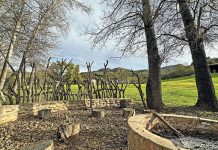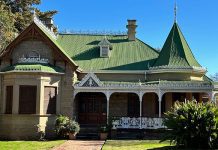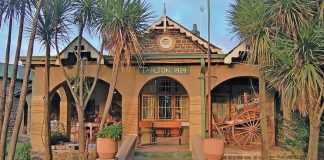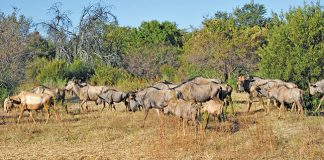Over the years I’ve rehabilitated many birds of prey. Most of them have survived as I never released any raptor that was unfit. Only a super-fit hawk or eagle can stay alive and only a falconer can train them to this level. It’s a wonderful feeling: giving a doomed bird a second life.
It started when I was a schoolboy, and I simply tossed two young hand-raised birds into the air without any previous exercise, but being miracle birds, they flew perfectly and I’m sure they made it. They were not raptors, but swifts. As small chicks they were picked up off the ground and brought to me at the school hostel. I noticed that they had weak legs and their toes all pointed forwards. Unlike other birds, swifts construct their nests with their sticky saliva. They glue plant fibres and feathers collected in the air and attach them with saliva to rock faces, bridges or buildings. When the young leave the nest, they simply fall out and can fly perfectly without ever being taught. From then on they stay in the air until a year later when they descend to breed. They feed, mate and even sleep while flying.
Swifts never come to the ground, and their scientific name actually means “no feet”. While researching in the library, I discovered that the feet of swifts weren’t designed for walking but only for hanging, so I hung them on the front of my shirt and went to class like that. Being cute they soon became so popular that everyone, including the teachers, arrived each morning with insect-filled matchboxes for the two orphans. After meals some boys even invaded the hostel kitchen to swat flies for them and they grew quickly and were released when their feathers were fully developed.
Swifts versus swallows
Although swifts resemble the more colourful swallows, they are not related. Swifts have longer, stiffer wings and shorter tails than swallows, and to turn they simply beat one wing faster than the other. Parents collect hundreds of mosquitoes and other flying insects which they compress into balls in their crops before feeding them to the chicks. But during cold, rainy weather they don’t hunt and have been known to stay without food in the nest brooding the chicks for two weeks. Non-breeding migrants, such as the European swift, spend the whole season while they are in SA on the wing and have been known to fly continually for three years. In bad weather they simply rise above the clouds.
It is often stated that the peregrine falcon is the fastest living creature that is even able to catch swifts, but without earth’s gravity to power its breathtaking swoops, even a rock pigeon can outfly it in level flight. Swifts are very aptly named and are the undisputed champions of level flight. The least streamlined of the group is the little swift, which has been clocked at an astonishing 320km/h. Larger swifts may be even faster. They are truly the best fliers on earth.
Being fascinated by the flight of birds, it is perhaps not surprising that I live on the grounds of the Kitty Hawk private airfield as there was a time when I wanted to learn to fly myself. I am used to the disturbing noise of all types of aircraft but recently I was alerted by an unusual sound that seemed to tear the air apart. It was a low-flying jet, although no jet aircraft are based here. At times they do perform air shows, but this was unusual in that it passed so frequently overhead that it had to be a highly maneuverable craft. So I went out to investigate and to my surprise it was not an aircraft but a radio-controlled model jet that was streaking through the sky. It was the closest you could get to a man-made swift.
Beside the runway I spotted a man with the controls in his hands and after the plane landed I approached him. His name was M arthinus Potgieter of Silver Lakes and he was doing a once-off test at the airfield. He is a member of the SA Model Jet A ssociation, which is compulsory if you want to compete in this sport.
Powered by a turbine engine, it was a 1:9 scale model of the T45 Goshawk of the US Navy and was capable of extreme maneuverability and a maximum speed of 200km/h. I enjoyed the demonstration and I think it can be a fascinating hobby, but only if you have enough money. Apart from the supporting equipment, the cost of the Goshawk, which was built by M arthinus, was R75 000. Other models can even set you back R200 000! In the meantime I’m content with my new camera and would rather stick to studying and photographing birds. – Abré J Steyn Contact Abré J Steyn on 083 • 235 4822.













